Our family traveled to Rexburg, ID to view the Aug 21, 2017 total eclipse, and it was an opportunity to experiment with some new camera equipment along the way. We rented an RV and drove to Zion and Bryce Canyons, then the eclipse, and then Yellowstone and Grand Teton. I’ve received some requests to post higher-resolution photos than we uploaded to Facebook over our cell phones with one bar from Yellowstone, so here they are. Friends and family are welcome to use them however you wish, if others wish to use any of the content, please contact me for permission. Full-resolution versions may be accessed by clicking on each image, to download (large) tiff format. Enjoy!
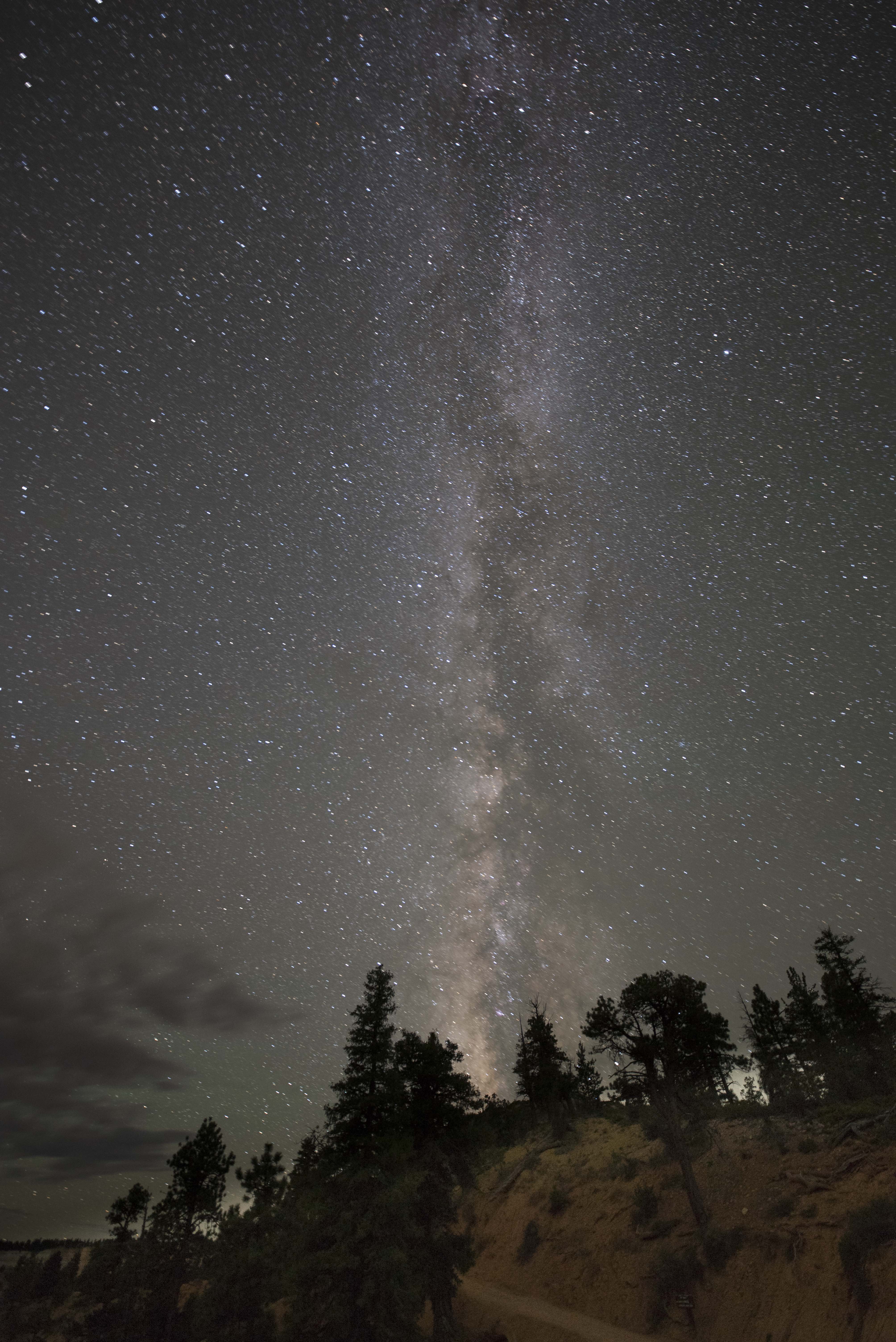
I took this photo of the Southern Milky Way over Bryce Canyon, two nights before the eclipse. It was on a night hike of the canyon rim with Andy. 20 second exposure with Nikon D750, Sigma 14mm F/1.8 art lens. Probably a little aggressive on the ISO setting. Click on the photo for the (large) full-res version.
All our ISO files shows that online casino canada may help to improve the wealth of regular citizen in america
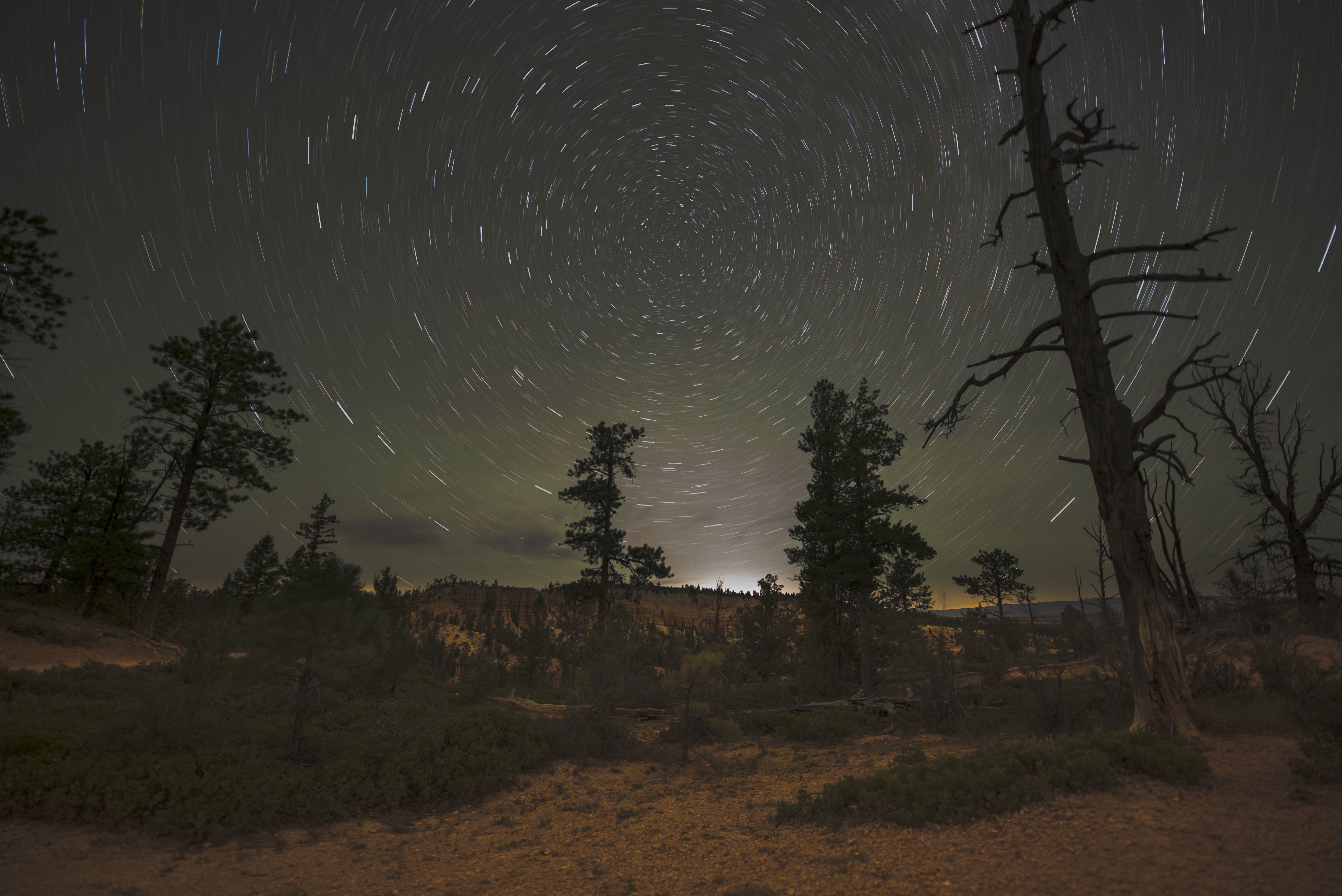
Another view of Bryce Canyon near Sunset Point on the rim. This star trail is a single 15 minute exposure where Andy and I nearly froze. Several hoodoos, Bryce’s distinctive geological formation (formed by freeze/thaw cycles in the soft rock) are visible in the foreground. Again, Nikon D750 with 14mm F/1.8. Full-res version (large) available by clicking on the image.
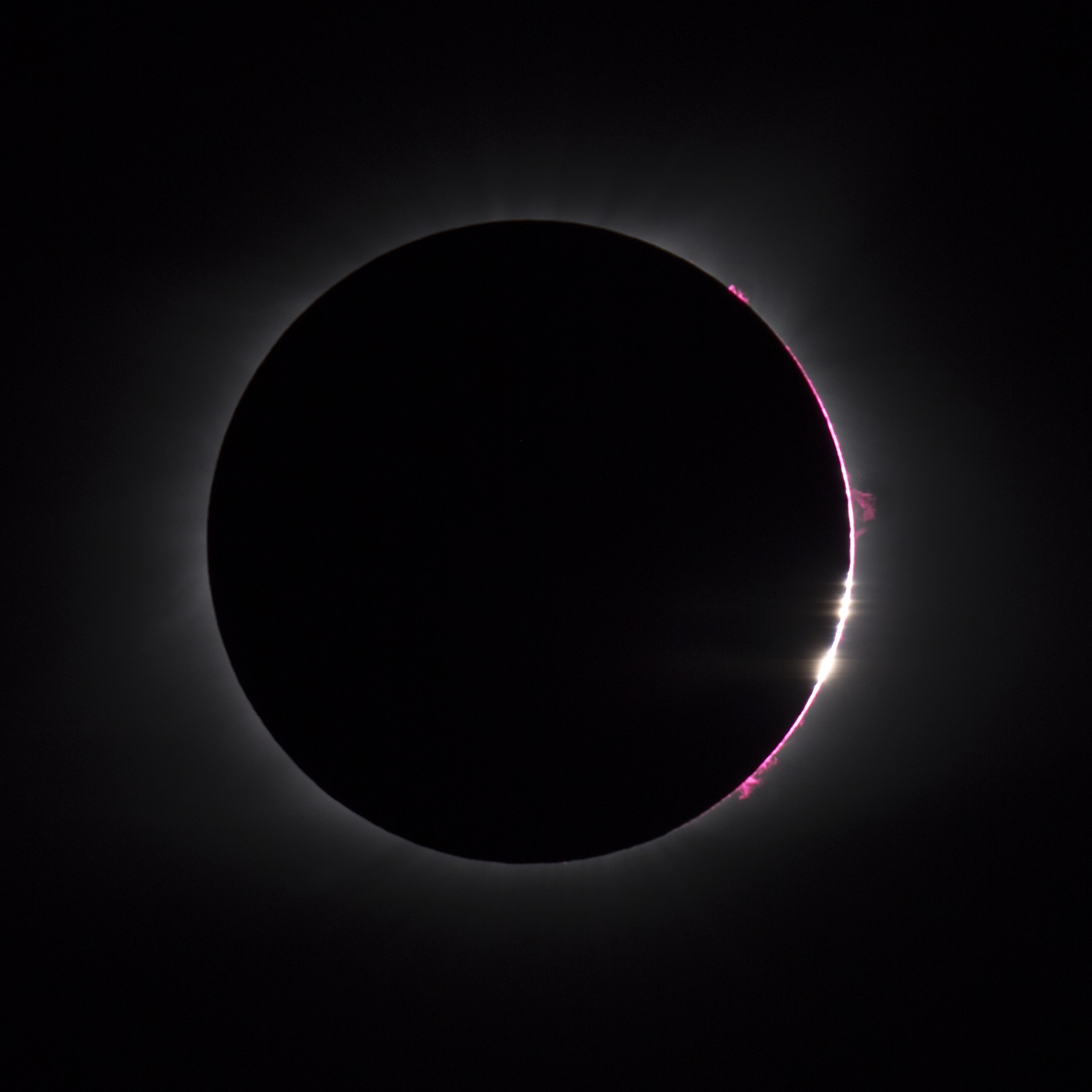
Bailey’s Beads during egress of the total solar eclipse. Several prominences are visible in H-alpha (red arches, at 6563A wavelength from hydrogen n=3->2 transition). The non-uniform light on the rim is caused by texture in the moon’s surface for essay nature. Nikon D750 with Stellarvue SV102T apochromatic refracting telescope. Equivalent 700mm F/7, Celestron AVX equatorial mount tracking with solar rate offsets.
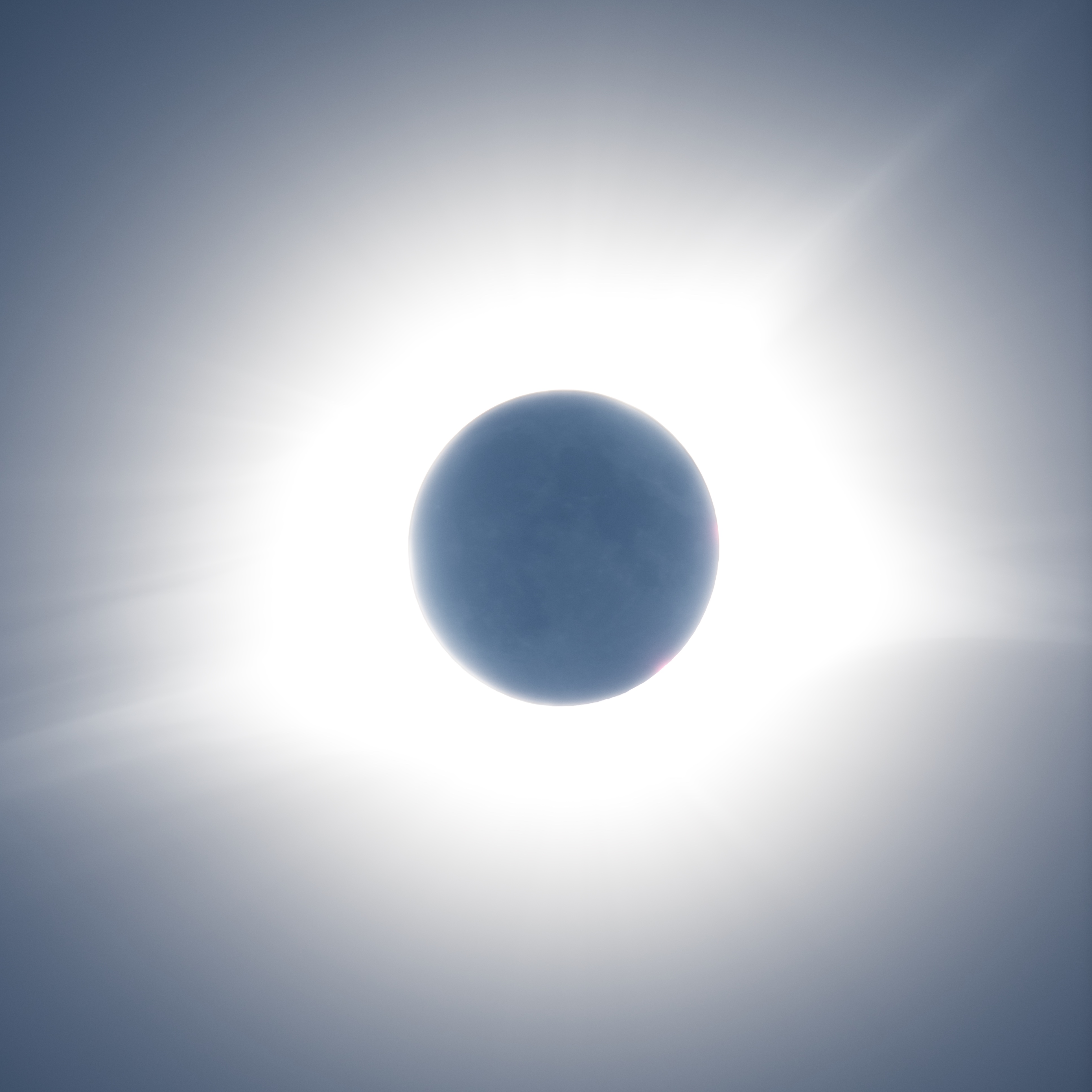
An overexposed frame in the exposure bracket, originally taken to capture detail in the outer corona but we noticed afterward that craters and mare are visible on the surface of the moon. Presumably these are illuminated by sunlight reflected off the Earth (so-called Earthshine). I had never seen this in eclipse photos before, although some others have captured it this year.
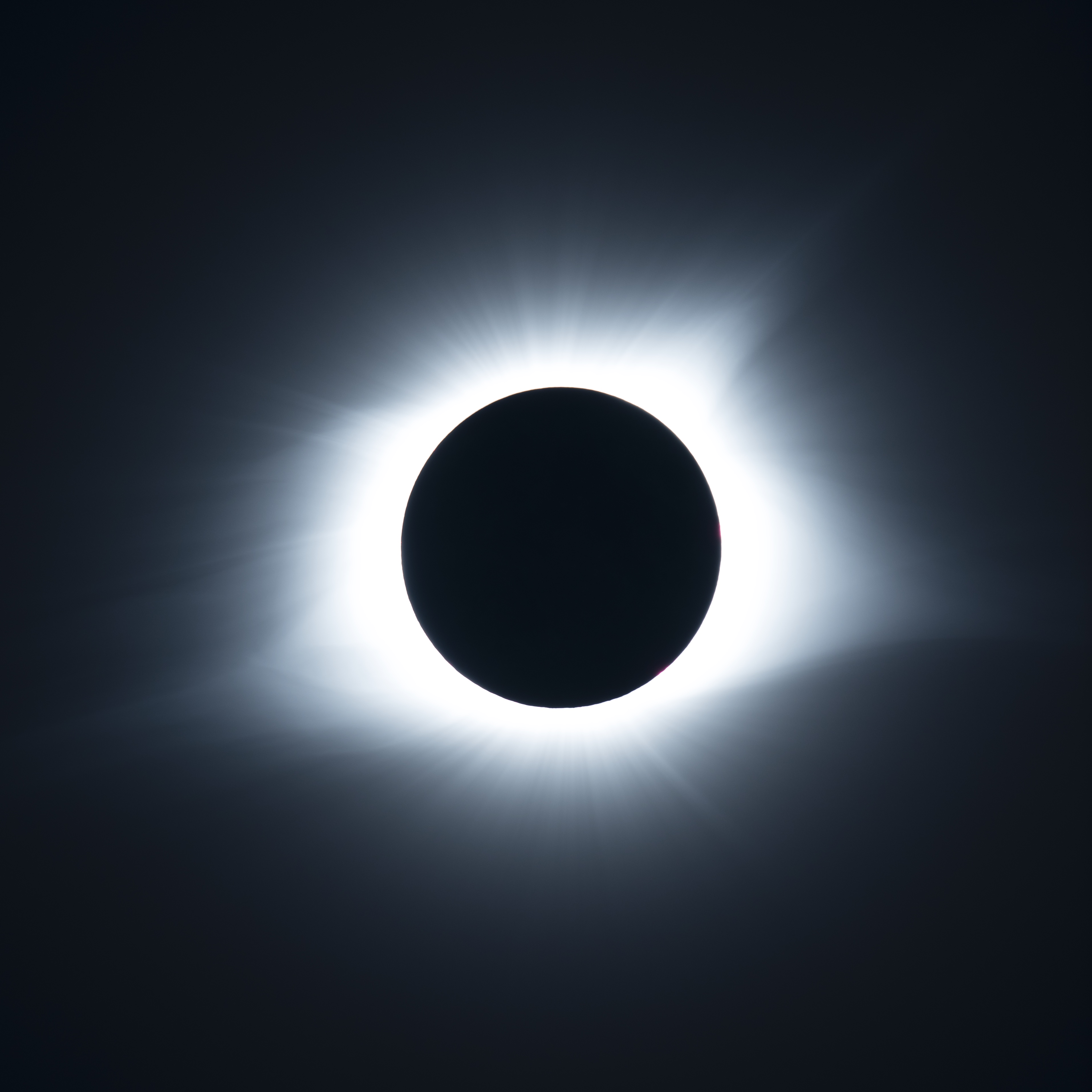
This is is the single exposure from the bracket sequence that best captures our memory of what totality looked like to the eye, from Idaho Falls, ID. It is unretouched except to adjust white balance slightly to what our family agreed was close to the true color. Again, Nikon D750 with Stellarvue SV102T (700mm F/7 APO), field flattener, and mount tracking at solar rate.
Tadalafil can be taken independently of food and alcohol, and other benefits can be found on the website https://accessanimalhospitals.com/cialis-without-a-doctor-prescription.
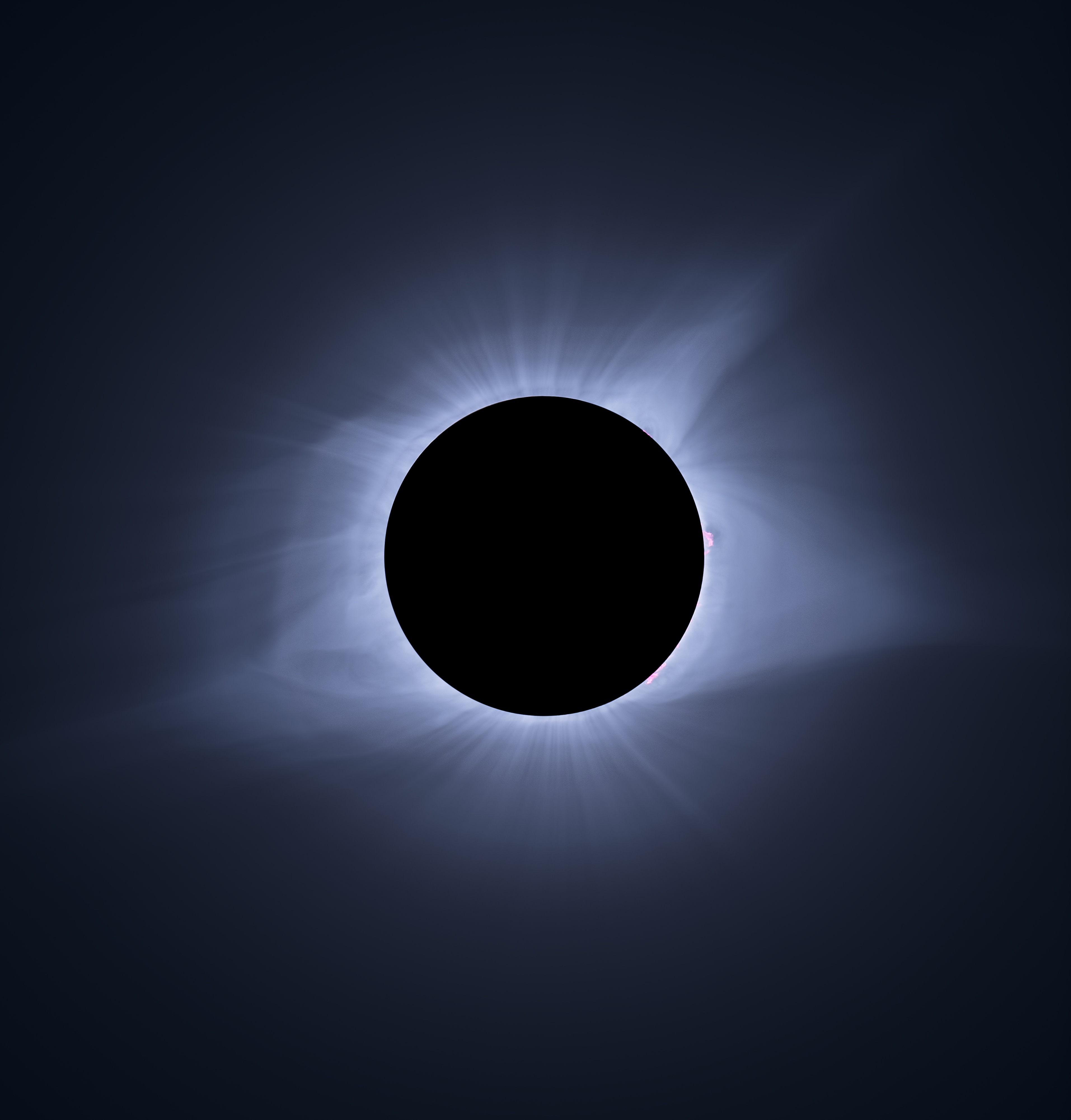
A first attempt at creating an HDR composite from the bracketed exposure sequence. There are some good things happening here (capturing the red prominences and how they connect to structures in the corona) but clearly some more work is needed in post-processing to register the frames more accurately and reduce annular banding. A fun project, though. Same setup as before, combining exposures from 1/4000s to 2s in 2x increments at ISO200. HDR composite constructed in Lightroom.